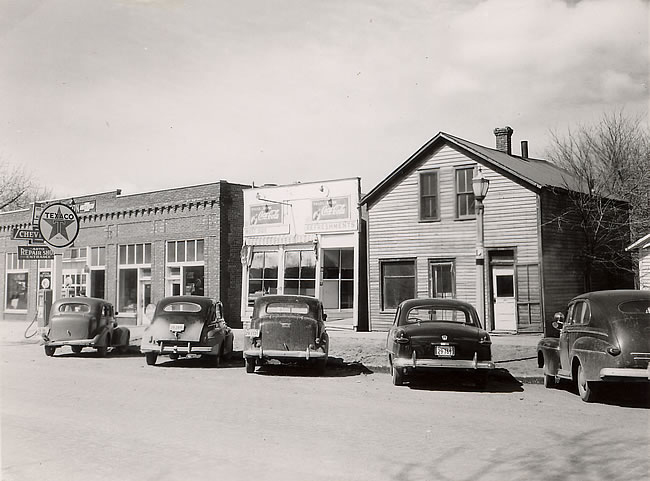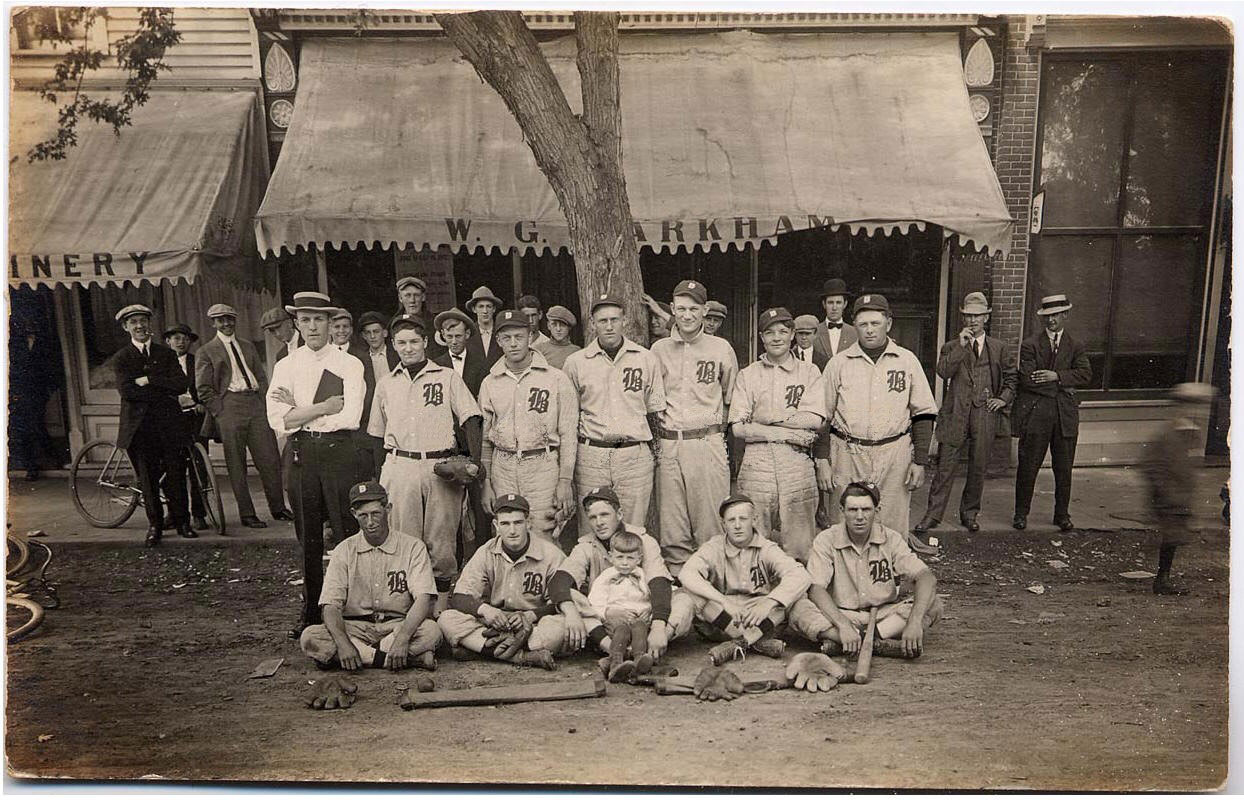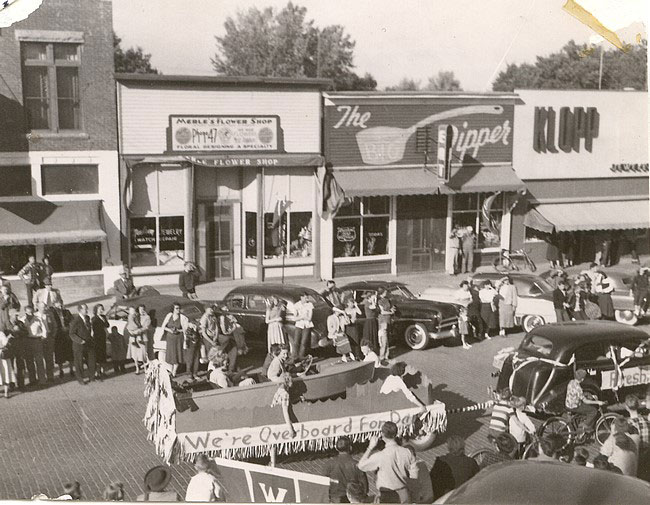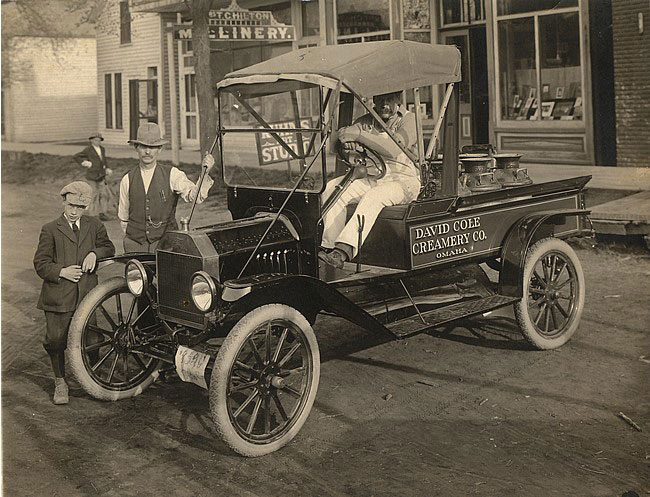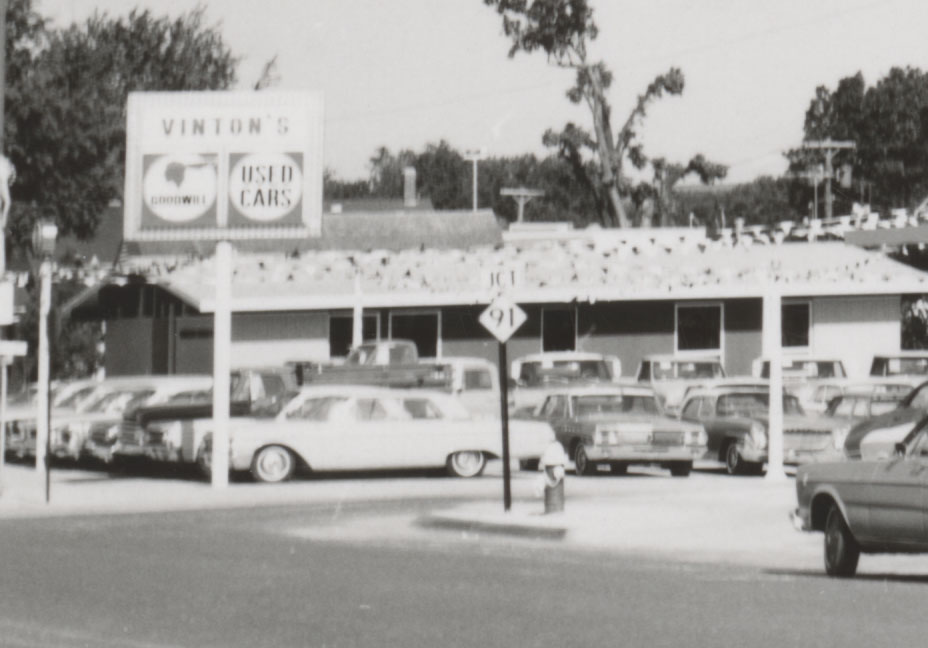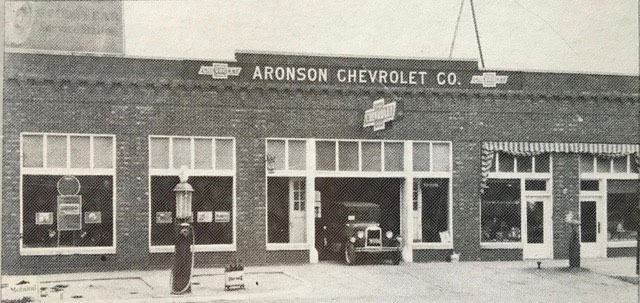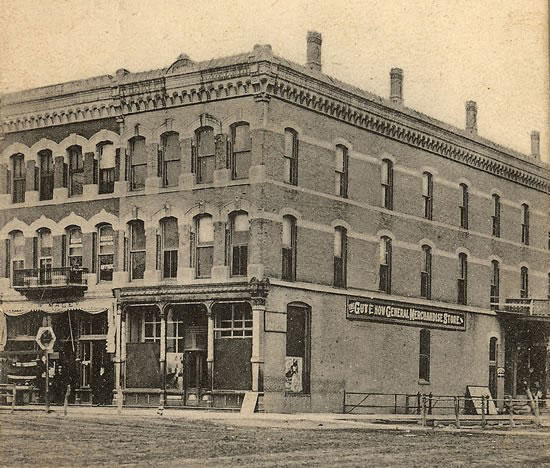The Clifton Hotel – Keeley Institute
Written by Shirley Jipp with information by Mr. and Mrs. Scott Robeson and Bessie Morse. Taken from the Washington County History Book.
It is not known exactly when the Clifton hotel was built. But in 1891 the building began as an institution for alcoholics, known as the Keelekure Institution. The following is quoted from a booklet published for the institute:
THE KEELEY INSTITUTE
Blair, Nebraska
Established 1891
Incorporated Capital $20,000.00
For the cure of liquor, opium and other nervous diseases. Through the exclusive use of Dr. Leslie E. Keeley’s Double Chloride of Gold Remedies.
In the beautiful little city of Blair, Nebraska situated 25 miles north of Omaha, at the intersection of the Fremont, Elkhorn and Mo. Valley and the Chicago, St. Paul, Minneapolis and Omaha Railways is located THE KEELEY INSTITUTE. This is the only Institute in the State authorized by Dr. Keeley and where may be found the Genuine Keeley Remedies. We solicit your earnest inquiries into the efficacy and mode of our treatments.
Effect of Treatments – to permanently destroy the alcoholic crave and restore the general health. With the cooperation of the patient the cure is easily accomplished. Improvement is rapid from the beginning, and the patient returns to complete and perfect health inside of one month, and without the least nervous shock whatever. The time required is four weeks. In exceptional cases, however, where improvement is unusually rapid, three weeks have been found to be sufficient.
Cost of treatment including all medicines, stimulants, professional services and baths, is $25.00 per week. Board and room are extra and may be had from $5.00 to $8.99 per week according to the class of accommodations required. No patient accepted for a less time than a full course treatment.”
The following is taken from The Tribune, May, 1918.
“The last “Keeley Institute” in the state to close its doors and go out of business was the concernat Grand Island, according to news dispatches. Its passing brings to mind the early success of the business here in Blair in the building now known as the Clifton hotel, where many a “jag” was given the treatment and made a new man – until he fell from grace again.
Many prominent men came from all parts of the nation to Blair in the early days of the Keeley institute to take treatment. Some were benefited permanently, a few only temporarily, and others went right back to the arms of old king alcohol as soon as they met him after being turned out as cured.”
In 1896 only the west wing of the building was being used as a jag cure, the balance of the building having already been converted into a hotel. The Kelley Institute was moved to Omaha in 1900.
Through the years the Clifton was owned by various people. It is believed the first owner was Dr. Wright, “a veterinarian.” When Charley and May Robeson bought it from Andrew Yates in 1924, it became a family business. Scott and his wife Blanche and Bessie (Robeson) Morse assisted their parents. The Robesons managed it until 1969, when sold it to the present owners, Mr. and Mrs. AI Dunning.
The well built thick-walled building had 28 rooms. Since only 4 of them had running water, pitchers and bowls were used. The maid and Robeson family carried hot water to each room. Bathrooms were added later.
Much of the business came from commercial men who traveled by tram. When they alighted at the depot just north of the hotel, Scott met them to assist with luggage and trunks. Some of the men displayed their wares of clothing, suits, hats, etc. for the clothiers and Blair merchants.
In those days a large pot-bellied stove heated the lobby of the hotel. Guests often congregated around it in the evening telling jokes and talking politics. Blanche recalls an old time westerner com. mg through on his way to Ft. Laramie. After the evening meal, he sat on the porch visiting and relating interesting stories. One of the most noted guests was Rubinoff, the famous violinist, who gave Blance a dime for a bottle of coke. She coated it with nail polish and still possesses the souvenir. On another occasion, a gentleman with the soil conservation service from Africa, rented a room. Upon returning home, he sent Blanche several stamps for her collection.
Blanche reminisced on the many meals served from the dining room. It was open at certain hours and school teachers of Blair often ate there at noon. One of her specialties was baking powder biscuits and cone honey (from the Fred Hurdum farm) served each evening. The Robesons were known, too, for their fried chicken. Back then in 1925 and 1926, a 3-course meal cost 50¢. T-bones from the local butcher cost 12 to 13¢ each. They were pan fried on a coal range. Two ice boxes were used the [sic] preserve food – one in the dining room and the other in the kitchen. Water from the ice drained down into the basement. Bessie remembers the little individual butter pats that were served with each meal. Other recollections are of the Reed O’Hanlon family eating in the dining room nearly every Sunday. And when Mrs. Mark Beaty’s bridge club met every two weeks in homes, the ladies first enjoyed an evening meal at the hotel. The dining room closed before World War II.
The following is taken from a clipping of one of Blair’s local papers, at the opening of the Blair bridge.
“Governor and Mrs. A. J. Weaver and daughter, Miss Dorothy Jane, were honor guests at a breakfast given by Mr. and Mrs. F. W. Arndt at the Clifton hotel last Friday morning. Upon the arrival of the Governor and his party in Blair, they were immediately taken to the Clifton where they partook of the bountiful breakfast.
Mrs. Arndt had carefully planned the decorative scheme of the dining room which was carried out by Mrs. Scott Robeson. A miniature bridge about two feet in length and a reproduction of the Blair bridge, was painted a silver color and it rested on glass tumblers which had been placed on the table to serve as piers for the bridge. Ferns and greens were placed about the bridge to represent a fitting background similar to the scenery about the Blair bridge.
A three course breakfast was served the menu of which consisted of: ice grape juice, cantaloupe, fried spring chicken, hot biscuits, small brown potatoes, tomato salad, sherbet, wafers and coffee. The breakfast room was beautifully decorated with flowers and each lady was presented with a bouquet of flowers by Mr. Arndt. Following the breakfast Mrs. Weaver and daughter were shown the pretty sights of the city by the ladies.”
Al Dunning purchased the Clifton hotel 11 years ago. He remembers renting a room there in 1958 when he was passing through Blair. Today the Dunnings live in comfortable quarters on the first floor, and business is based on transient construction men and truck drivers. There are 6 apartments and 14 rooms. Besides the Dunning family, ten people now live there permanently.
Adjust the text size



Featured Pictures
BHPA Links
Blair Historic Preservation Alliance | P.O. Box 94 | Blair, Nebraska 68008 | contact@blairhistory.com

